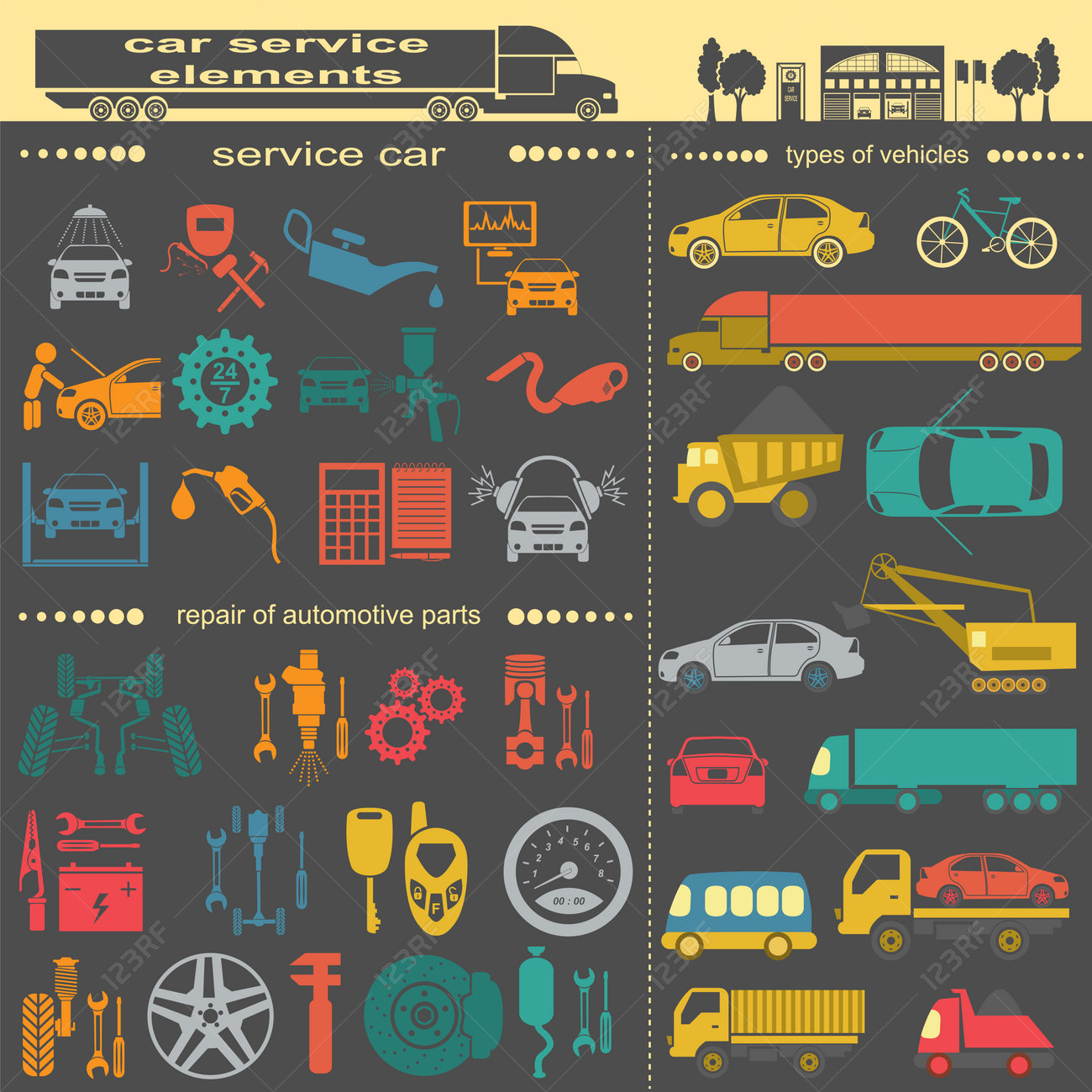Interested In Understanding The Warning Lights On Your Cars And Truck'S Dashboard? Discover Their Relevance For Your Car'S Security And Overall Condition
Interested In Understanding The Warning Lights On Your Cars And Truck'S Dashboard? Discover Their Relevance For Your Car'S Security And Overall Condition
Blog Article
Web Content Create By-Faulkner Kejser
When you lag the wheel, those beautiful warning lights on your control panel can be a little bit perplexing. Do you understand what they're attempting to inform you concerning your automobile's health and wellness? Recognizing the significance of these lights is crucial for your safety and security and the long life of your lorry. So, carinteriorcleaning following time one of those lights appears, would not you want to understand its message precisely and take the needed actions to address it?
Common Warning Lights and Interpretations
Determine usual warning lights in your vehicle and comprehend their definitions to make certain secure driving.
The most normal caution lights consist of the check engine light, which indicates problems with the engine or exhausts system. If this light begins, it's vital to have your vehicle examined quickly.
The oil pressure alerting light shows reduced oil pressure, calling for prompt interest to prevent engine damages.
A flashing battery light may suggest a defective billing system, potentially leaving you stranded otherwise dealt with.
The tire stress tracking system (TPMS) light alerts you to reduced tire pressure, impacting car stability and fuel performance. Neglecting this might lead to unsafe driving problems.
The abdominal light shows a problem with the anti-lock braking system, compromising your ability to quit swiftly in emergencies.
Lastly, the coolant temperature alerting light warns of engine getting too hot, which can result in severe damage if not resolved promptly.
Comprehending these typical warning lights will certainly aid you deal with problems quickly and maintain secure driving conditions.
Importance of Prompt Interest
Understanding the typical caution lights in your cars and truck is just the very first step; the significance of promptly addressing these warnings can't be highlighted enough to guarantee your security when traveling.
When a caution light brightens on your control panel, it's your auto's method of communicating a prospective concern that requires attention. Disregarding these warnings can lead to much more serious problems down the road, compromising your safety and security and potentially costing you much more in repairs.
Motivate focus to cautioning lights can avoid break downs and mishaps. For instance, a blinking check engine light can show a misfire that, if left neglected, could trigger damages to the catalytic converter. Resolving https://jasperidysn.bligblogging.com/30836349/dealing-with-the-5-leading-misconceptions-related-to-auto-detailing can save you from a pricey fixing.
In a similar way, a brake system warning light could signify reduced brake liquid or used brake pads, important components for your safety and security when driving.
Do It Yourself Troubleshooting Tips
If you notice a caution light on your dashboard, there are a couple of DIY repairing suggestions you can try prior to looking for specialist assistance.
The very first step is to consult your automobile's guidebook to comprehend what the particular caution light indicates. In some cases the concern can be as simple as a loosened gas cap activating the check engine light. Tightening up the gas cap might fix the problem.
One more usual concern is a reduced battery, which can activate various cautioning lights. Checking the battery links for rust and ensuring they're protected may deal with the issue.
If a warning light lingers, you can attempt resetting it by separating the vehicle's battery for a few minutes and then reconnecting it. Additionally, inspecting your vehicle's fluid levels, such as oil, coolant, and brake liquid, can assist fix warning lights connected to these systems.
Conclusion
To conclude, understanding your automobile's warning lights is necessary for maintaining your vehicle running efficiently and safely. By without delay dealing with these notifies and understanding what they indicate, you can stay clear of expensive repair services and potential failures.
Keep in mind to consult your vehicle's guidebook for particular information on each alerting light and do something about it appropriately to make certain a trouble-free driving experience.
Keep educated, stay secure when driving!
